MTV Niche Channels Failed: The Untold Truth Behind Their Streaming Era Collapse
1. Introduction: The Death of MTV’s Sub-Brands
When MTV Classic, VH1 Soul, and MTV Hits vanished quietly from cable lineups, few were surprised.
The once-powerful MTV network had fractured itself into micro-channels that couldn’t survive the streaming revolution.
But the real story isn’t “streaming killed MTV” — it’s why these niche channels failed in a world that should have loved them.

2. MTV’s Fragmentation Strategy: A 2000s Solution for a 2020s Problem
In the 2000s, MTV’s leadership faced declining youth viewership as YouTube and digital downloads took over.
Their solution? Segment the audience — MTV2 for rock, MTV Hits for pop, MTV Jams for hip-hop, and MTV Classic for nostalgia.
It looked brilliant on paper: target every taste, just like cable news networks did.
But fragmentation also meant smaller audiences, thinner ad revenue, and higher operational costs.
Must Read: To understand how one MTV sub-brand tried to survive, see our guide on Where to Watch MTV Classic Now.

3. Streaming Changed Everything — But MTV Didn’t Adapt
When Netflix, YouTube, and Spotify arrived, users could choose exactly what to watch or hear, instantly.
The concept of “wait for your favorite video to air” died overnight.
MTV’s niche channels still ran linear schedules, not playlists.
The result: fans moved online, where they could control their nostalgia instead of passively waiting for it.
In an on-demand world, curation without control lost all appeal.
Source: According to Variety, MTV’s 2020s decline mirrors a broader trend of cable niche channels collapsing post-streaming.
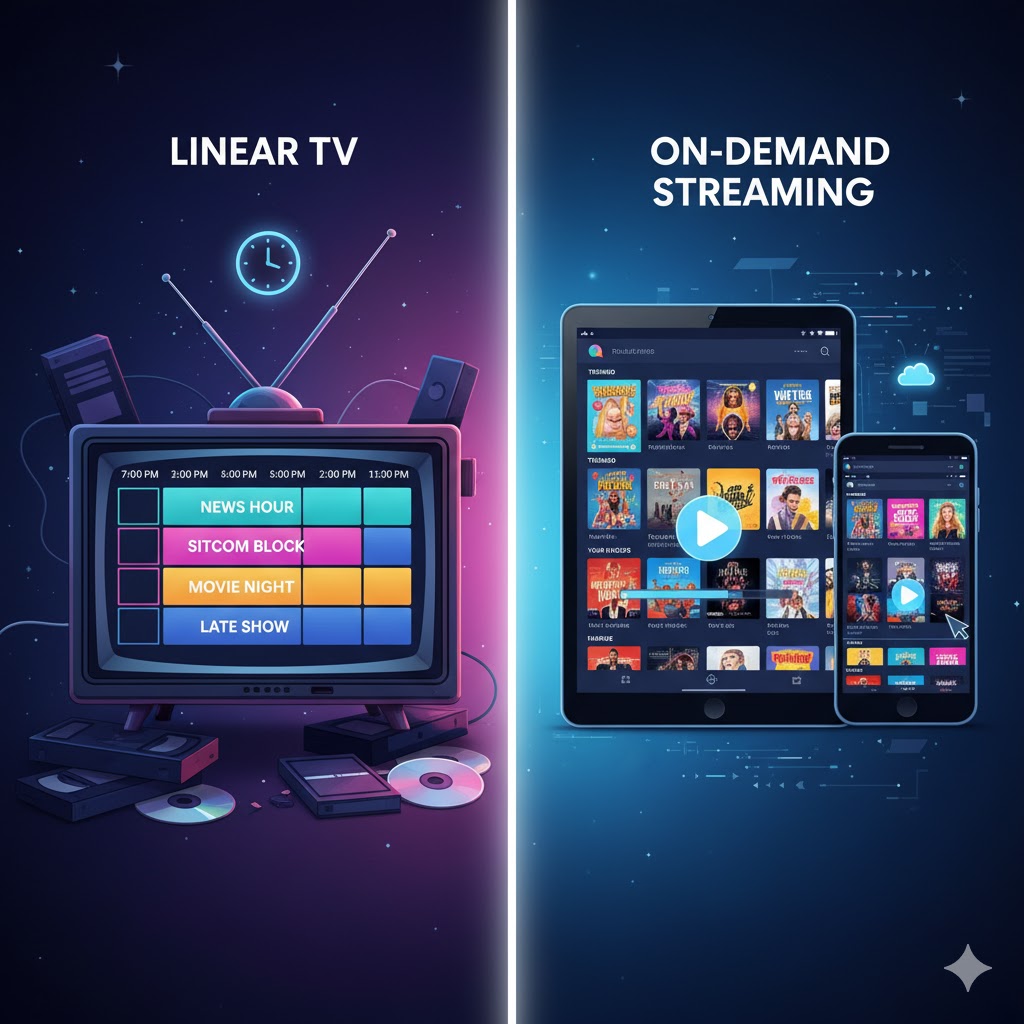
4. The Nostalgia Paradox: Love the Past, Hate the Waiting
People didn’t stop loving the 80s or 90s — they just stopped loving waiting.
Nostalgia still sells; it just sells differently now.
Platforms like YouTube, Spotify, and TikTok reinvent nostalgia as personal, shareable, and algorithm-driven.
Instead of MTV deciding what you should see, you curate your own retro feed.
Must Read: For practical ways to relive that era online, check out our MTV Classic Streaming Alternatives Guide.
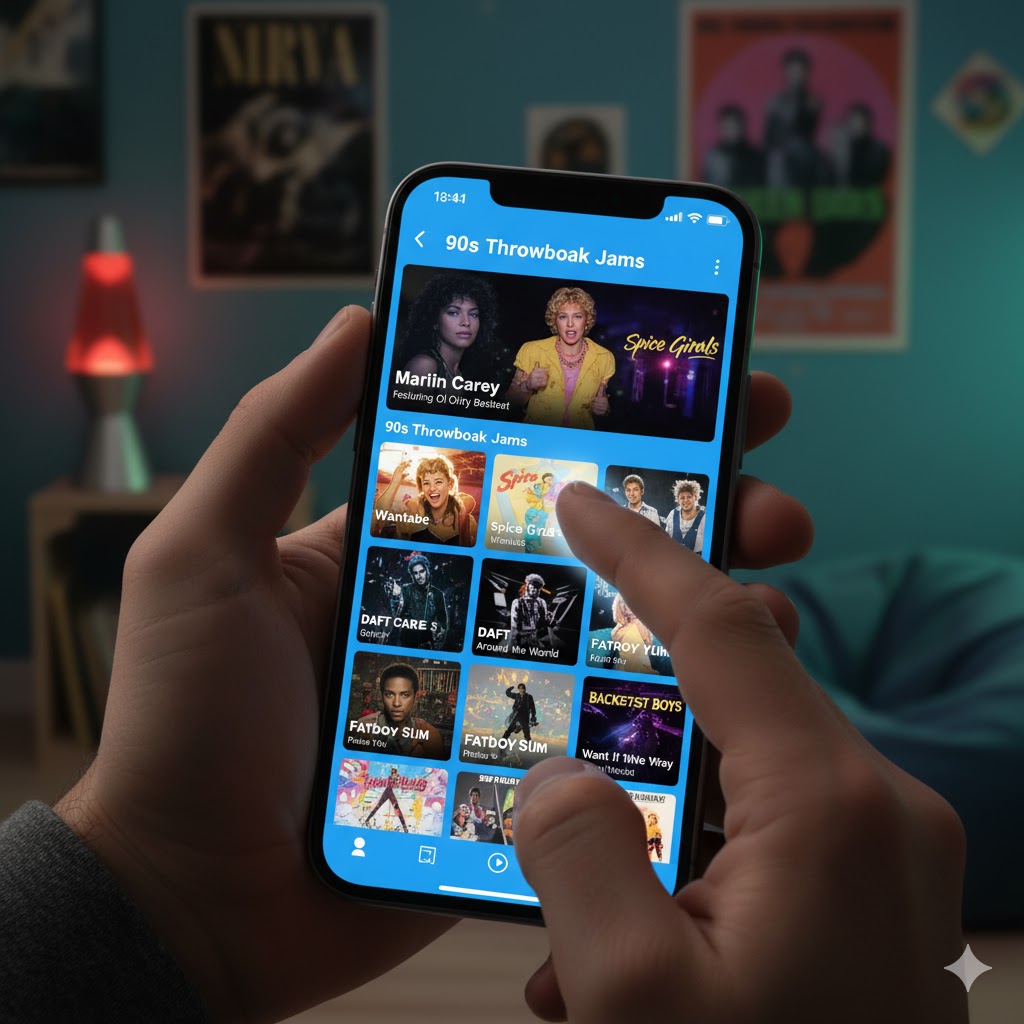
5. Data-Driven Streaming vs. Gut-Driven Programming
MTV’s programming once relied on “creative intuition.”
Executives decided which artists to push and which trends to spotlight.
Streaming platforms flipped that completely — algorithms replaced intuition.
Spotify’s “90s Mix” or YouTube’s “Retro Pop Revival” thrive because they adapt to user behavior in real time.
MTV couldn’t match that precision, relying on outdated broadcast cycles.
Source 2: A TechCrunch report shows how data-driven recommendation engines outperformed legacy cable curation.
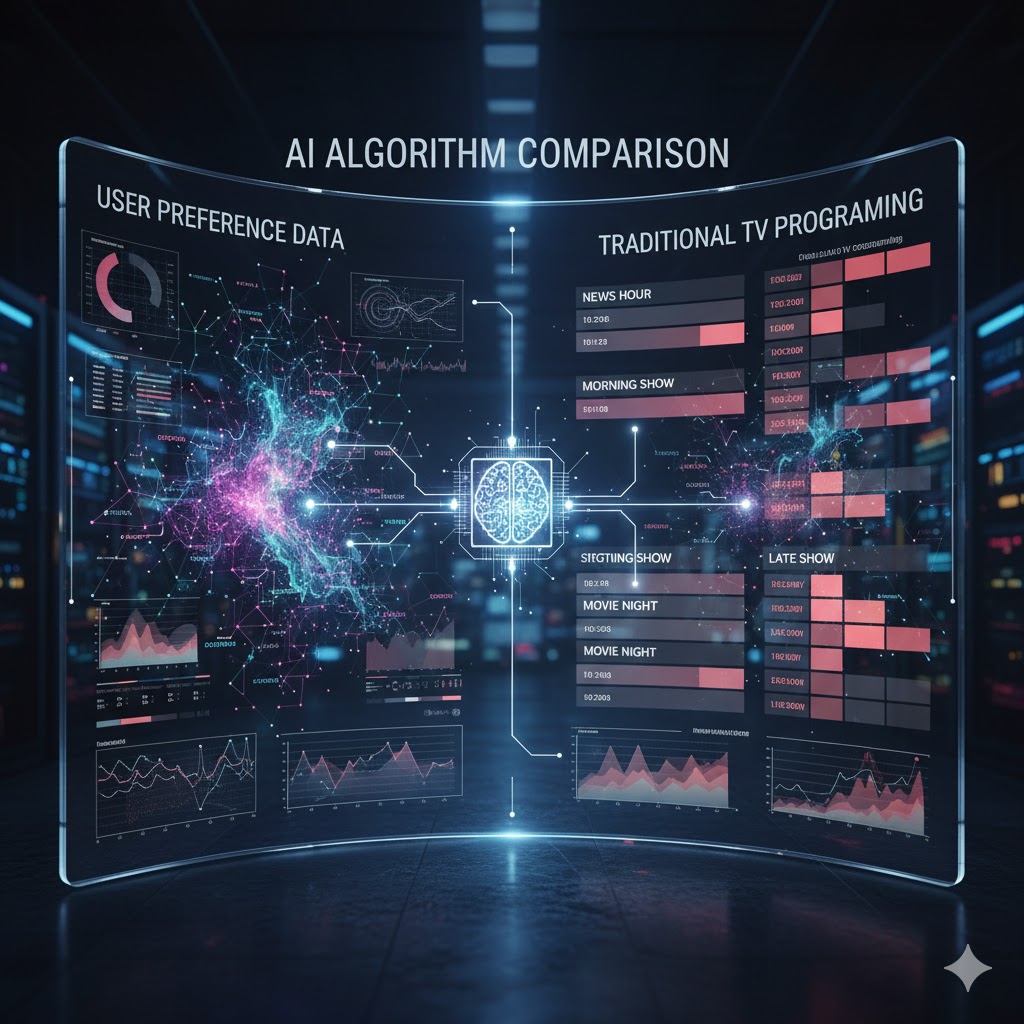
6. The Business Model Collapse
Cable channels relied on dual revenue streams: ad sales + carriage fees.
When audiences dropped, distributors (like Comcast or DirecTV) stopped paying MTV’s parent company, Paramount, premium rates to carry small niche networks.
Within a few years, it became financially irrational to keep them alive.
In contrast, a single YouTube nostalgia channel could reach more viewers globally — with zero cable infrastructure.
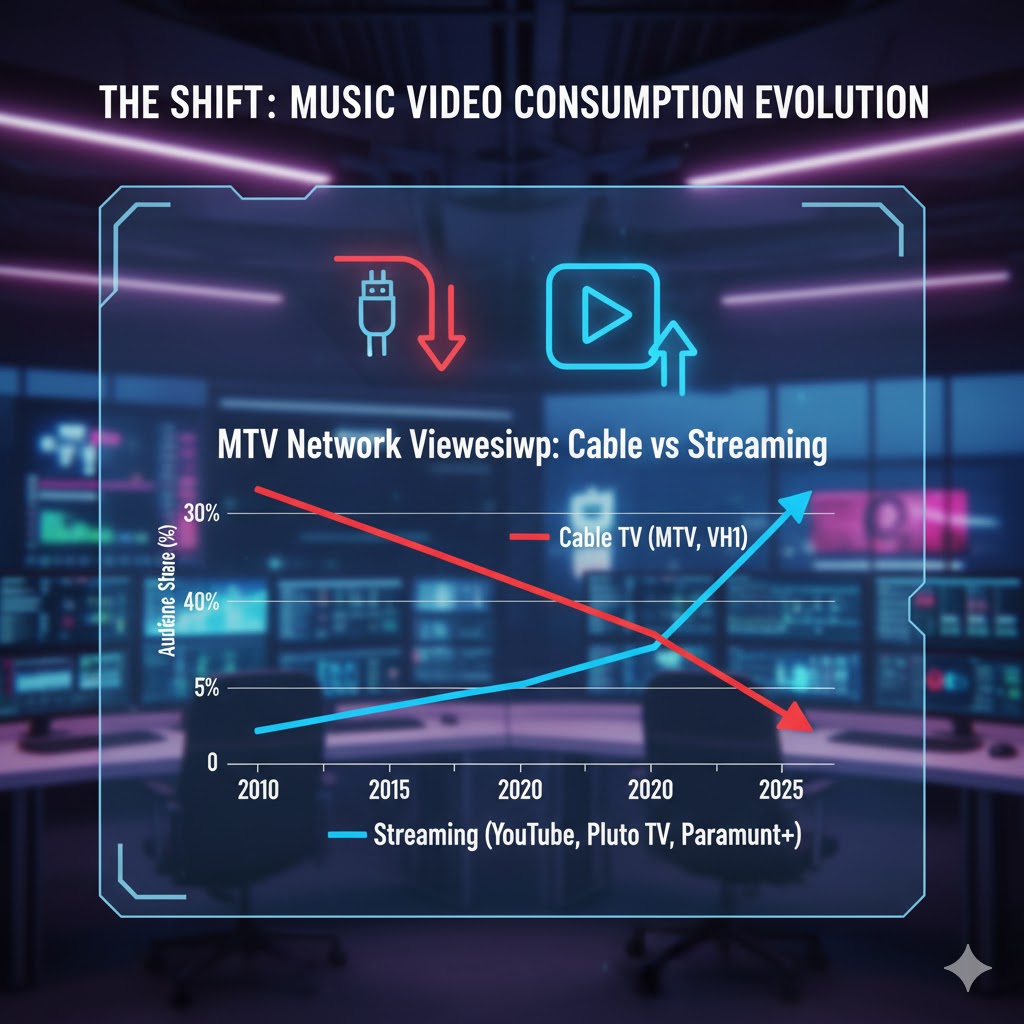
7. The Rise of On-Demand Nostalgia
The irony? MTV’s downfall helped fuel a nostalgia streaming boom.
Creators now run entire channels dedicated to classic MTV eras, and old fans are reliving the vibe through curated playlists, remixes, and even virtual VJ experiences.
Streaming didn’t kill nostalgia — it personalized it.
The era of passive viewing gave way to participatory memory.
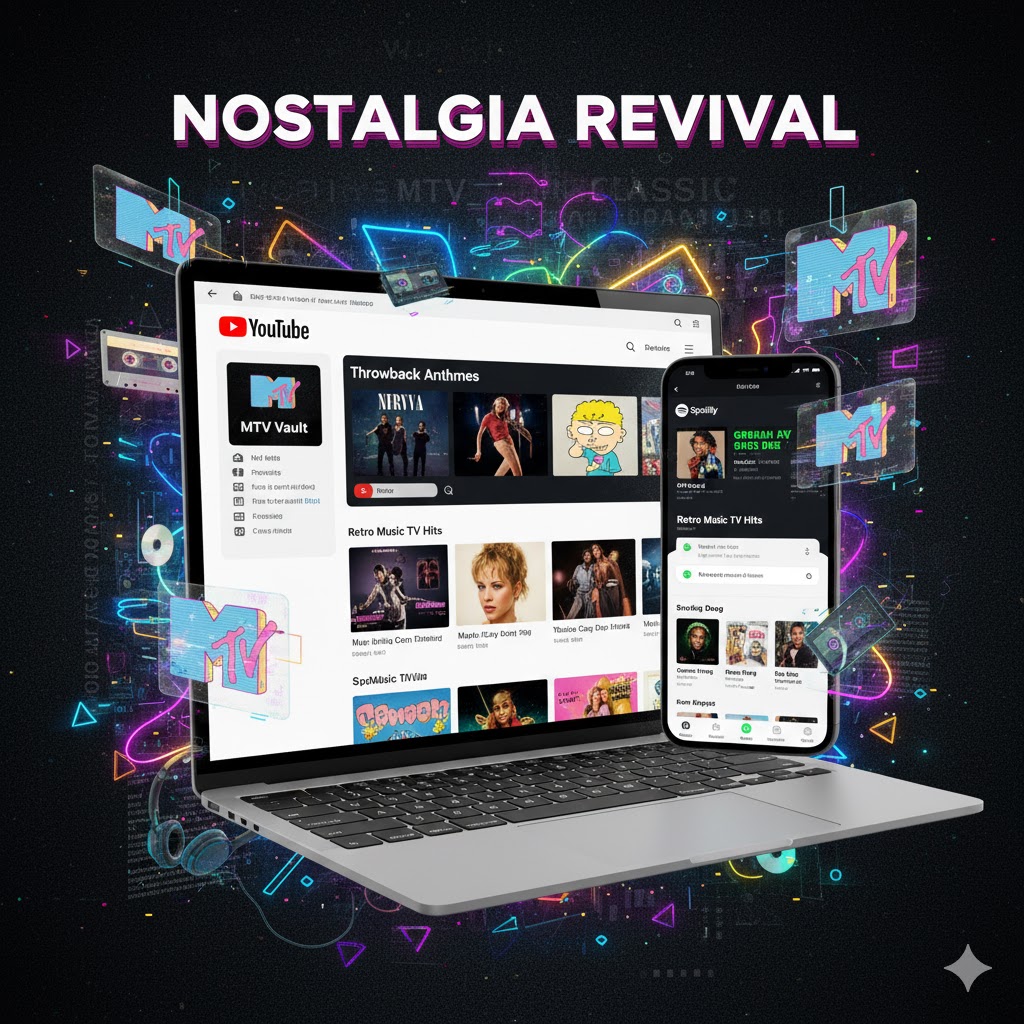
8. Streamers Review: What MTV Could Have Been
If MTV had pivoted to interactive nostalgia streaming early — letting fans remix, vote, and co-curate — it could’ve survived.
Instead, its niche channels became relics of a broadcast mindset in a digital-first world.
The lesson for media brands is simple:
In the streaming era, you don’t lose audiences because they stop caring — you lose them when they want control.
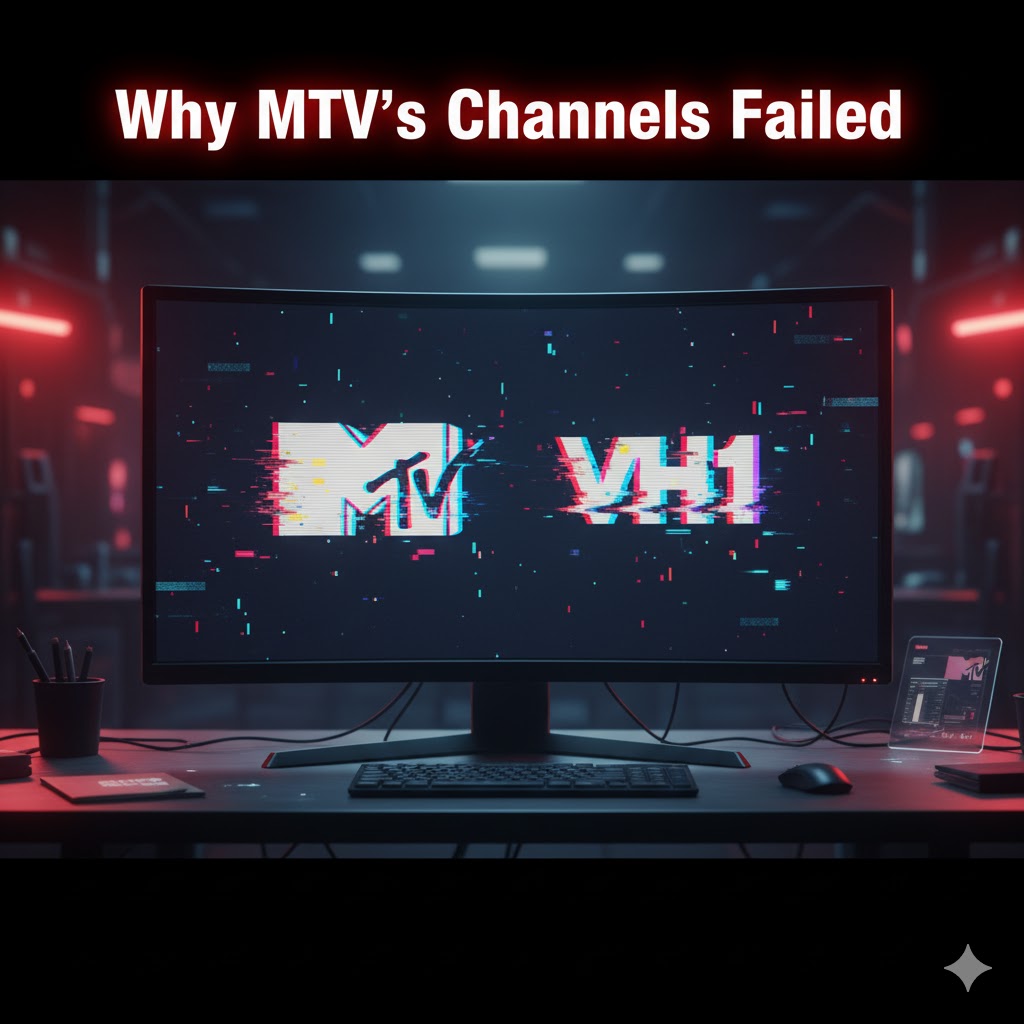
FAQs – MTV Niche Channels Failed
Q1: What were MTV’s niche channels?
MTV Classic, MTV2, VH1 Soul, and MTV Hits were sub-brands targeting specific genres and decades.
Q2: Why did they shut down?
Falling viewership, low ad revenue, and competition from streaming platforms made them unprofitable.
Q3: Are any MTV channels still on air?
Yes, the main MTV channel remains, focusing on reality TV and award shows.
Q4: Can I still watch old MTV content?
Yes — Paramount+, Pluto TV, and YouTube host large archives of classic shows and performances.
Q5: What’s replacing these channels?
Algorithmic playlists, retro YouTube channels, and social media nostalgia trends now fill the gap.
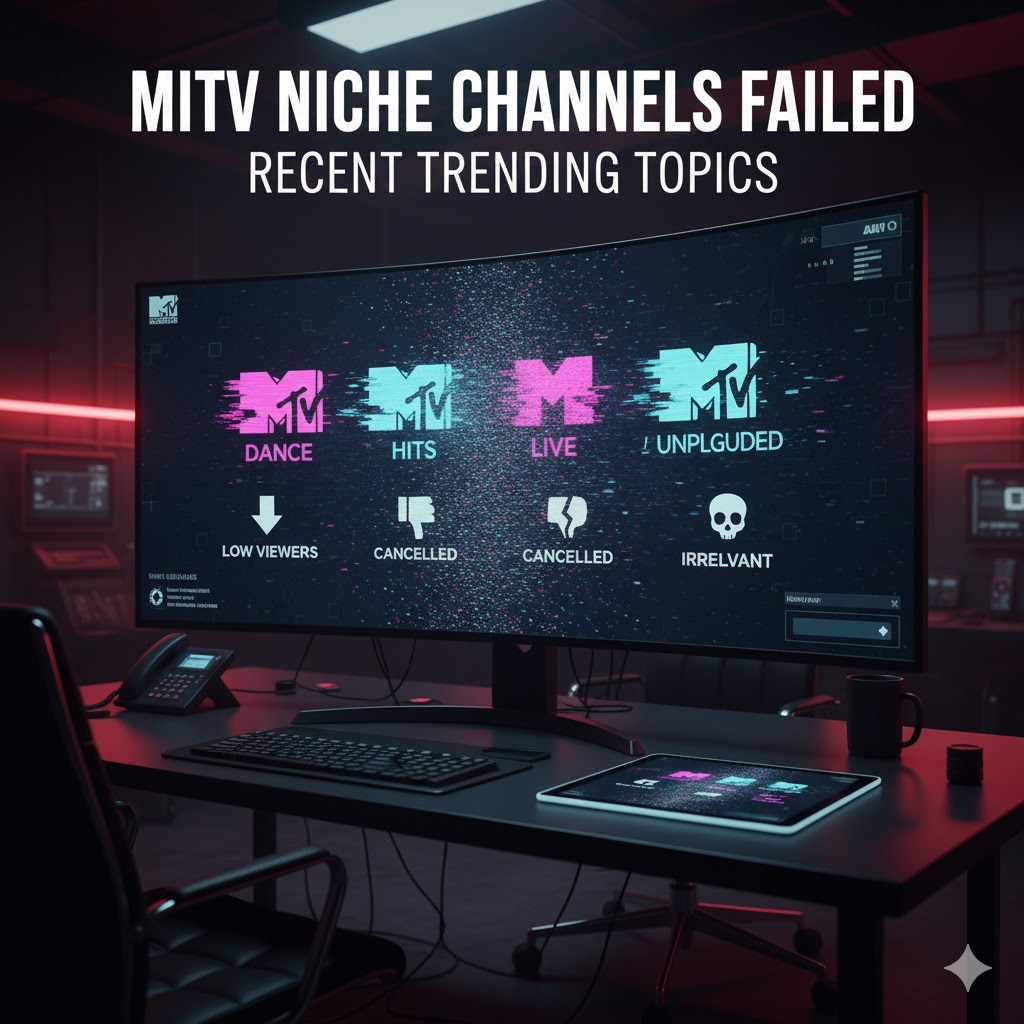

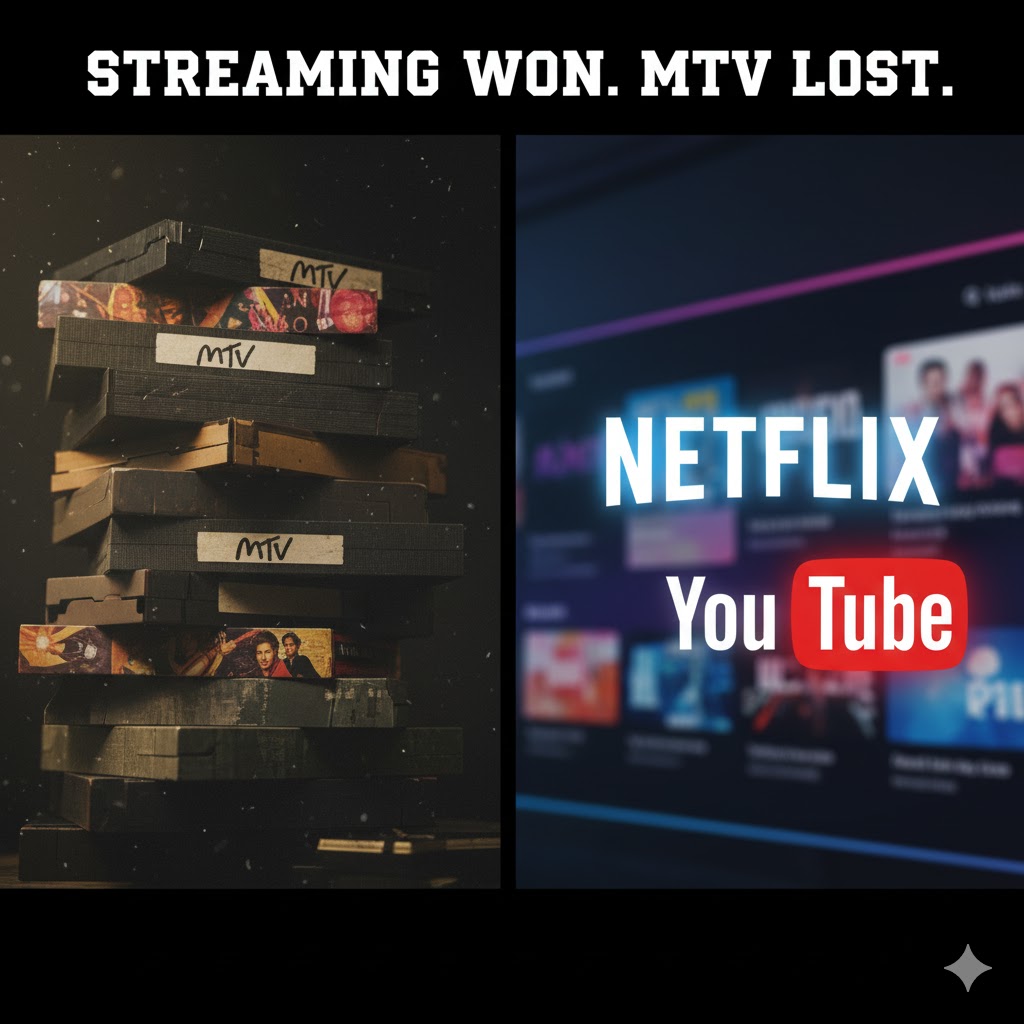


Pingback: Last 10 Music Videos on MTV Classic: Nostalgic Farewell
Pingback: TikTok Music Discovery Best Revolution: How It Beat MTV 2025